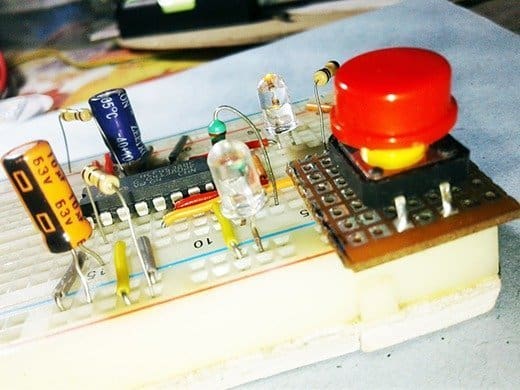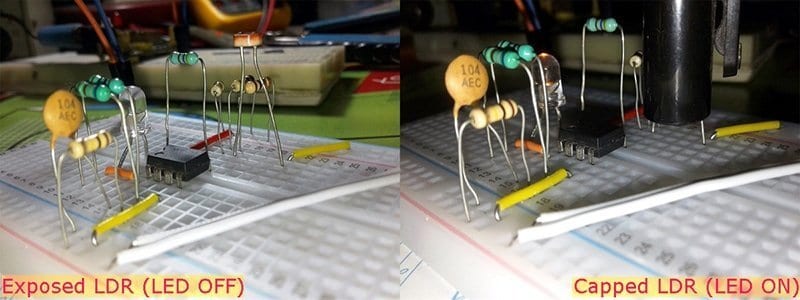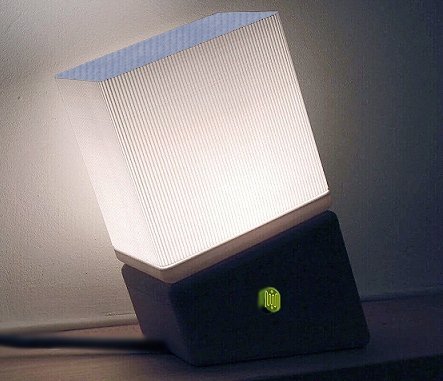Adding something beaming will make your kid’s toilet more attractive. So, in this little post, you will see an automatic toilet bowl/seat night-light project to decorate your kid’s toilet. If you follow this minimalistic idea, you do not need to buy a costly fancy toilet to replace the existing toilet to amaze your kids. The minuscule retrofit circuit presented here is very simple and straightforward and costs no more than a few bucks. At least give it a try!
Circuit Diagram
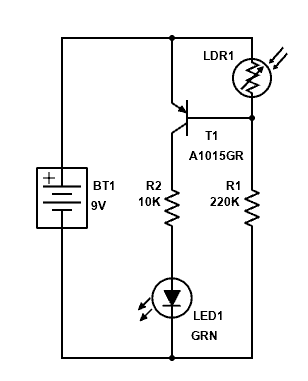
Parts List
- BT1: 6F22 9V Battery
- T1: A1015GR PNP Transistor
- LED1: 5mm Green LED
- LDR1: GL4516 4mm Light Dependent Resistor (photoresistor)
- R1: 220KΩ ¼ W Resistor
- R2: 10KΩ ¼ W Resistor
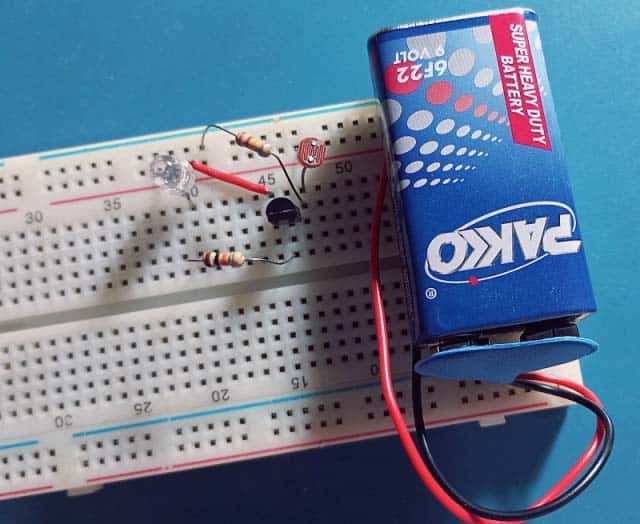
Design Description
The A1015GR (T1) is a PNP plastic-encapsulated transistor with an hFE range of 200-400.
Here T1 is wired as a dark-activated switch to illuminate the green indicator (LED1).
Photoresistor (LDR1) acts as the eye of the system to monitor ambient light levels (https://file.elecfans.com/web2/M00/64/4C/pYYBAGMEWluAap0cAAOY-9XCKD8133.pdf).
The 220KΩ resistor (R1) sets the detection threshold of the light/dark sensor mechanism and controls T1 accordingly.
The 10KΩ resistor (R2) limits the operating current of LED1.
The inclusion of a 6F22 9V battery may seem a little superfluous, but it was deliberately chosen to extend the operating time (and with the intention of making future circuit expansion easier).
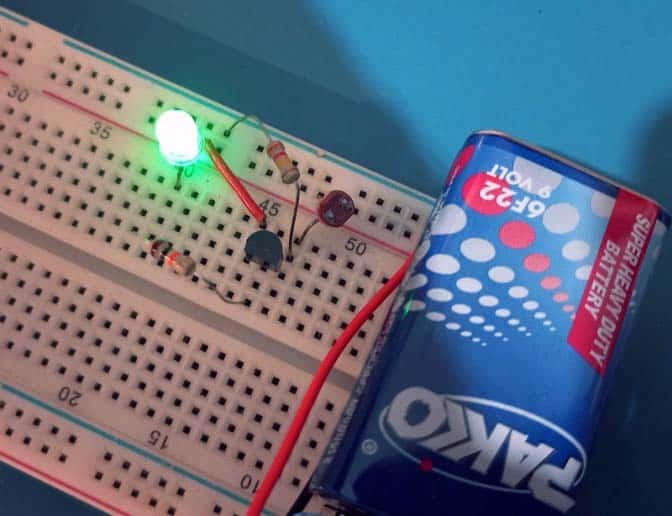
Now to a little more related details:
The GL4516 LDR is an epoxy-coated miniature cadmium sulphide photoconductive cell. It has a dark resistance close to 500KΩ and 5-10KΩ light resistance at 10Lux. The peak spectral sensitivity is 540nm.
The A1015 Transistor offers –150mA maximum continuous collector current (IC). If you want your circuitry to work reliably, it is better to not bump up against the limits of the transistor.
In case you are not familiar with PNP transistor thingies, note that pulling the Base pin down towards 0V/GND will turn the transistor on. When on, the transistor will conduct and supply power to the load connected to its collector. Leaving the Base pin floating or pulling it up, will cause the transistor to turn off.
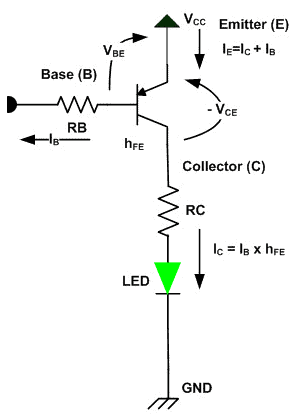
So, we can define a PNP Transistor as being normally off but a small output current and negative voltage at its Base relative to its Emitter will turn it on allowing a much larger Emitter-Collector current to flow (It conducts when VEMITTER is much greater than VCOLLECTOR).
In other words, it will only conduct if both the Base and Collector are negative with respect to the Emitter.
In my setup, I am using a very light load – just a low-current LED – for now. However, a transistor like this could easily cater to a load current of up to 100mA or so, if its Base resistor has the right value.
Enclosure & Installation
Not much to say about it, but with a little skill and patience, you can fit the entire circuit inside a standard 9V battery box (see below).
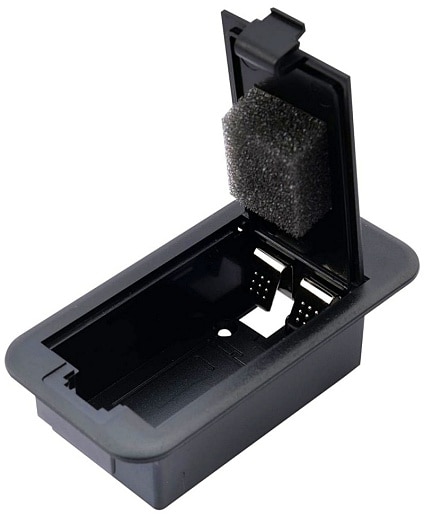
Or try this cute 3DPrint idea: 9V Battery Box.
Ultimately, the installation of the encapsulated toilet bowl/seat night-light is up to you (hopefully the image below will provide a quick spark).
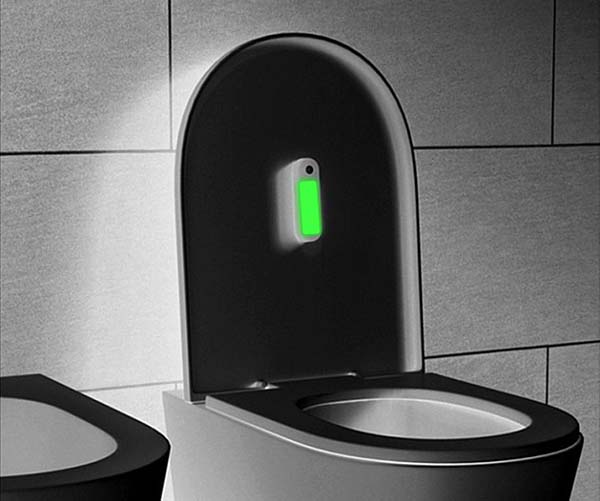
Well, this marks the end of this post. Good luck. See you next time!
Vandaelec Mall is your one-stop shop for electronic components. With over 10 years of experience and strong supply chain advantages, they offer spot purchases, overseas sourcing, and BOM matching services to meet all your needs. Explore a curated list of Electronic Manufacturers and browse our extensive range of electronic components.


